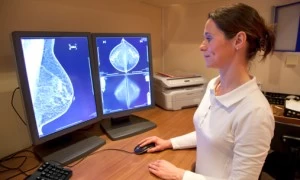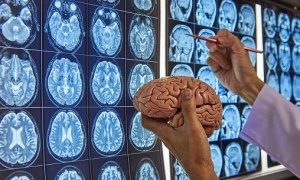Microsurgical treatment of unruptured middle cerebral artery aneurysms: a large, contemporary experience
Authors: Nussbaum ES, Madison MT, Goddard JK, Lassig JP, Kallmes KM, Nussbaum LA.
OBJECTIVE
Advances in endovascular therapy for the treatment of middle cerebral artery (MCA) aneurysms have led to scrutiny of its benefits compared with microsurgical repair. To provide information regarding complication rates and outcomes, the authors reviewed the results of a large series of unruptured MCA aneurysms treated with open microsurgery.
METHODS
The authors included all patients who underwent surgical repair of an unruptured MCA aneurysm between 1997 and 2015. All surgical procedures, including clipping, wrapping, bypass, and parent artery occlusion, were performed by a single neurosurgeon. Aneurysm occlusion was assessed using intraoperative digital subtraction angiography (DSA) or DSA and indocyanine green videoangiography in all cases. Postoperatively, all patients were monitored in a neurointensive care unit overnight. Clinical follow-up was scheduled for 2-4 weeks after surgery, and angiographic follow-up was performed in those patients with subtotally occluded aneurysms at 1, 2, and 5 years postoperation.
RESULTS
The authors treated 750 unruptured MCA aneurysms in 716 patients: 649 (86.5%) aneurysms were small, 75 (10.0%) were large, and 26 (3.5%) were giant. Most aneurysms (n = 677, 90%) were treated by primary clip reconstruction. The surgical morbidity rate was 2.8%, and the mortality rate was 0%. Complete angiographic aneurysm occlusion was achieved in 92.0% of aneurysms. At final follow-up, 713 patients had a modified Rankin Scale (mRS) score of 0, 2 patients had an mRS score of 2 or 3, and 1 had an mRS score of 4.
CONCLUSIONS
In high-volume centers, microsurgical management of MCA aneurysms can be performed with very low morbidity rates. Currently, microsurgical repair appears to be a highly effective method of treating MCA aneurysms.
J Neurosurg. 2018 Jun 22:1-7. doi: 10.3171/2018.1.JNS172466. [Epub ahead of print] PubMed PMID: 29932382.














































































